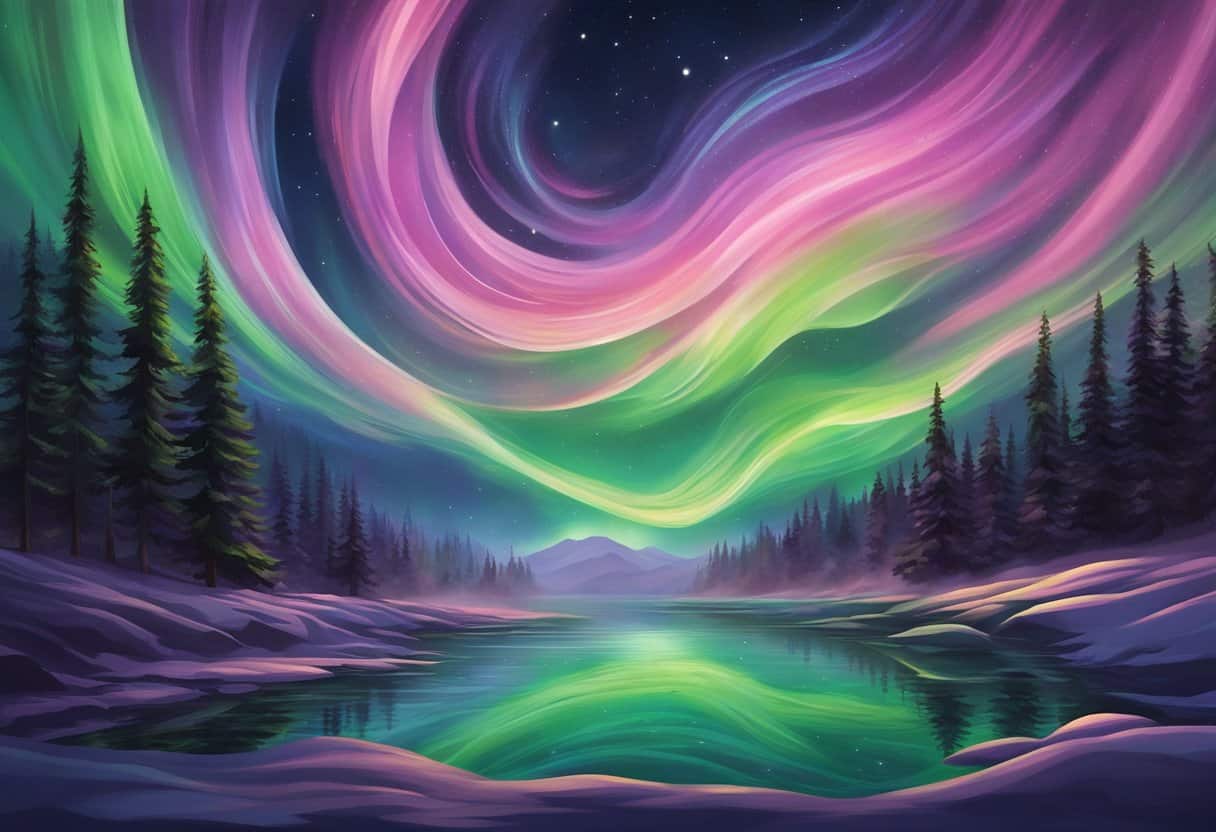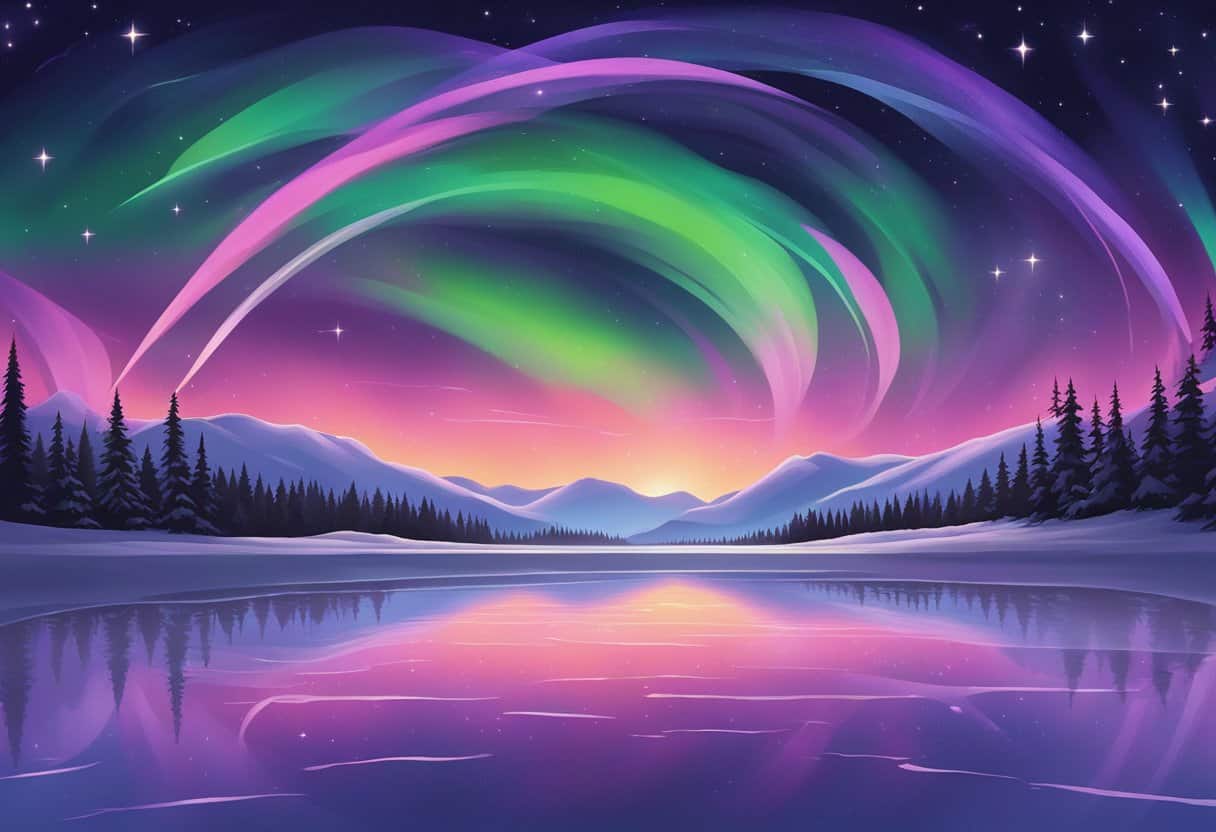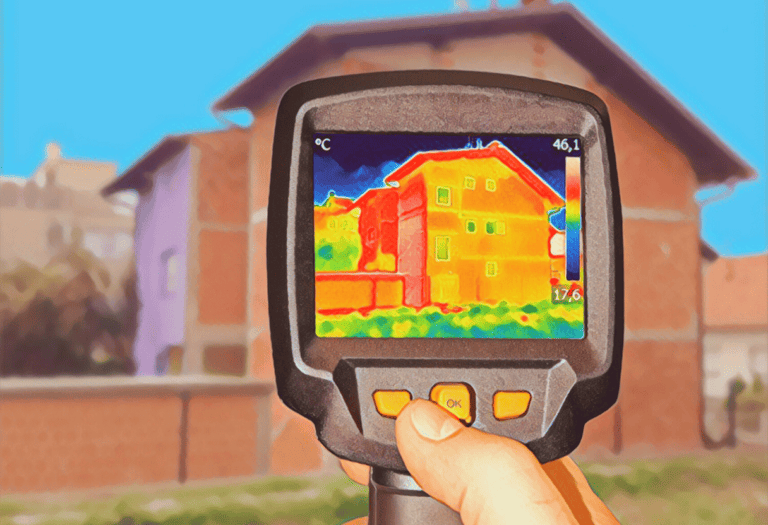The Aurora Borealis, commonly known as the Northern Lights, presents a mesmerizing natural light show that has captivated onlookers for centuries.
This stunning phenomenon occurs when electrically charged particles from the sun collide with gases in the Earth’s atmosphere, creating a dance of light that illuminates the polar skies. The colors of the aurora, ranging from green to red to purple, stem from the type of gas particles involved in the collisions, with oxygen contributing to the most common green and yellow-green hues while nitrogen produces blue or red colors.
Understanding the scientific mechanisms behind auroras has allowed us to predict when and where they may occur, though their very nature means each display is unique. While the Northern Lights are most frequently observed in the magnetic polar regions, certain conditions can make them visible at lower latitudes, offering a wider audience the chance to experience this wonder.
The influence of the auroras extends beyond a spectacular light display; they hold geographical and cultural importance for the communities living beneath them, and they even inspire questions about similar phenomena on other planets.
The Northern Lights, or Aurora Borealis, is a natural light show caused by charged particles from the sun colliding with gases in the Earth’s atmosphere. Oxygen contributes to the most common green and yellow-green hues while nitrogen produces blue or red colors.
Scientific Understanding of Auroras
Auroras, commonly known as Northern Lights, are the result of interactions between the Sun’s emitted particles and the Earth’s magnetic field and atmosphere. Your grasp of the scientific concepts behind auroras influences your appreciation for their beauty.
Solar Origins
The Sun plays a fundamental role in the creation of auroras. Coronal mass ejections (CMEs) and the solar wind emit massive quantities of charged particles, primarily electrons and protons. Occasionally, these particles escape the Sun’s gravitational pull and scatter into space, reaching the Earth’s vicinity. Understanding the solar origins of auroras clarifies why they are more active during periods of intense solar activity.
Magnetosphere Interactions
Upon reaching Earth, the charged particles from the Sun are drawn towards the planet’s magnetic poles by the earth’s magnetic field. The magnetosphere, Earth’s protective magnetic bubble, directs these particles towards the upper atmosphere. Here, they collide with gas atoms, which explains the fundamental procedure behind the aurora’s spectacle. The mechanics of these magnetosphere interactions are crucial for the prediction and study of auroras.
Colors and Chemistry
The colors of an aurora are determined by the types of gas molecules present in the atmosphere and the altitude at which the interactions occur. Collisions with oxygen atoms at higher altitudes can produce rare, red auroras, while lower altitude interactions often result in the common green color. Collisions with nitrogen can generate blue or purplish-red hues. This interaction reveals the aurora’s colors and chemistry, serving as a natural canvas displaying the dynamism of Earth’s upper atmosphere.
By dissecting the processes from solar ejections to atmospheric chemistry, your understanding of the stunning phenomenon of auroras broadens, allowing a deeper appreciation beyond their visual splendor.
Geographical and Cultural Significance
The Aurora Borealis, also known as the Northern Lights, is more than a stunning natural display; it is steeped in rich geographical and cultural significance, deeply rooted in the traditions and myths of many civilizations.
Auroral Zone Locations
The primary regions where you may witness the dazzling spectacle of the Northern Lights are the Arctic and Antarctic circles. In the Northern Hemisphere, locations such as Norway, Iceland, Canada, Alaska, Greenland, and parts of Russia fall within the “auroral zone,” where the lights are most frequently visible. The ideal geographical conditions here include a latitude of 65 to 72 degrees, providing dark skies away from urban light pollution.
In contrast, the Southern Hemisphere hosts the Aurora Australis or the Southern Lights, observed from New Zealand, Australia, Argentina, and the southern extremities of Chile. These lights are best seen during the winter months when nights are longest and the skies darkest.
Influence on Cultures and Mythology
The profound impact of the auroras on cultures is evident across countless myths and traditions. For the Inuit of North America, the lights were seen as the spirits of the dead playing across the sky. Ancient Roman legends named the northern light after their goddess of dawn, Aurora, and combined it with Boreas, the Greek god of the North Wind, to signify the advent of the morning.
A stepped further into cultural significance, Norway has become synonymous with the Northern Lights, with the phenomena deeply woven into its national identity. To many Scandinavian cultures, the lights were believed to be the reflections of the shields and armor of the Valkyries, warrior maidens from Norse mythology.
In the Southern Hemisphere, the Aurora Australis holds just as much mystique but is less embedded in local folklore due to its lower visibility in populated areas compared to the Northern Lights. However, in times past, southern indigenous cultures might have seen these lights, attributing their own meanings and stories to the celestial dance.
Auroras Beyond Earth

While Earth’s Northern Lights captivate with their beauty, auroras occur on other planets too, offering a dazzling celestial phenomenon throughout our solar system.
Planetary Auroras
Jupiter: As the largest planet in our solar system, Jupiter’s auroras are the most powerful, often outshining those of Earth. These are visible in ultraviolet wavelengths and are permanent features of the giant planet’s atmosphere.
Saturn: The auroras on Saturn are unique because they can rise up to a thousand kilometers above the planet’s surface. The Cassini spacecraft provided invaluable images and data, revealing auroras triggered by solar wind and the planet’s rapidly rotating magnetic field.
Uranus: Your expectations for auroras should shift when it comes to Uranus. This planet presents a more sporadic light show due to the peculiar tilt of its axis, which affects its magnetic field and, consequently, the manifestation of auroras.
Neptune: The furthest planet from the Sun in our solar system, Neptune, still exhibits auroral activity. Although these lights are fainter due to the distance from solar winds, they unmistakably prove that auroras are not unique to Earth.
As you consider these planetary spectacles, remember that astronauts aboard the International Space Station (ISS) are privileged with a special vantage point. From space, these members of humanity’s forefront may witness auroras on Earth, teaching us more about our own planet’s behaviors while they explore the vaunted reaches of our celestial neighborhood.
While Galileo’s work did not extend to the exploration of space as it’s understood today, these planetary auroras are a testament to the ever-expanding knowledge within the field of astronomy. They challenge you to think beyond the confines of our planet and understand the broader workings of the universe.
Observing the Auroras
The Northern Lights, or Aurora Borealis, present a mesmerizing spectacle in the night sky. Your experience can be magical when solar activity causes vibrant colors like green, red, blue, and purple to dance across the darkness. Understanding when and how to observe this phenomenon can greatly enhance your viewing pleasure.
Best Practices for Aurora Viewing
To maximize your chances of witnessing the Aurora Borealis:
- Location: Aim for regions within the auroral oval, where auroral activity is most concentrated.
- Timing: Winter months offer longer night hours, enhancing your chances. Check for auroral activity forecasts from reliable sources such as NASA or the National Oceanic and Atmospheric Administration (NOAA).
- Moon Phase: A full moon might wash out the auroras, so plan around nights with a new moon or less moonlight.
- Weather: Clear skies are crucial; daylight, clouds, and precipitation can obscure your view.
Remember to dress warmly. Cold temperatures are typical during optimal aurora viewing seasons.
Photographing the Night Lights
Capturing the auroras with your camera:
- Equipment: A camera capable of long exposures and a tripod are essential.
- Settings: Use manual mode. Set a high ISO, wide aperture, and a shutter speed of 5 to 30 seconds.
- Focus: Manually focus your lens to infinity for sharp shapes and curtains.
By aligning your photography session with peaks in solar and magnetic storm activity, your chances of photographing this stunning display will increase. Resources like NOAA’s space weather predictions can guide you in planning your shoot to coincide with heightened auroral displays.
Remember, patience and persistence are key. The auroras are a natural marvel dictated by science and solar activity, not schedules.
Frequently Asked Questions
The Northern Lights, or Aurora Borealis, have fascinated people for millennia. You may have questions about how they happen, where to see them, or the science behind their vivid colors.
What causes the Aurora Borealis to occur in the Earth’s atmosphere?
The Aurora Borealis is a luminous phenomenon caused by charged particles from the sun interacting with molecules in Earth’s atmosphere. This process, known as excitation, results in colorful light displays in the sky.
In which regions of the world can one observe the Northern Lights most frequently?
The Northern Lights are most frequently observed in high-latitude regions around the Arctic and Antarctic. Places like Norway, Iceland, Canada, and Alaska provide some of the best views of these lights.
How do the colors of the Aurora Borealis vary, and what determines these colors?
The colors of the Aurora Borealis vary from green, pink, to purple, and are determined by the type of gas molecules involved and altitude. Oxygen molecules emit green and red light, while nitrogen produces blue and purple hues.
What are some cultural myths and legends associated with the phenomenon of the Northern Lights?
Many cultures have myths and legends about the Northern Lights. In Scandinavian folklore, they were believed to be the reflections of the shields and armor of the Valkyries, while some indigenous North American communities saw them as the spirits of their ancestors.
What is the best time of year to see the Northern Lights, and how does solar activity affect their visibility?
The best time of year to see the Northern Lights is during the winter months when the nights are longer. Solar activity, particularly solar flares, enhances the intensity and frequency of auroral displays.
Are there any scientific studies or discoveries related to the Northern Lights that have been significant for space weather research?
Scientific studies into the Northern Lights have contributed significantly to space weather research, particularly in understanding the complex interactions between solar wind and Earth’s magnetic field. This research is crucial for protecting satellites and communication systems.







